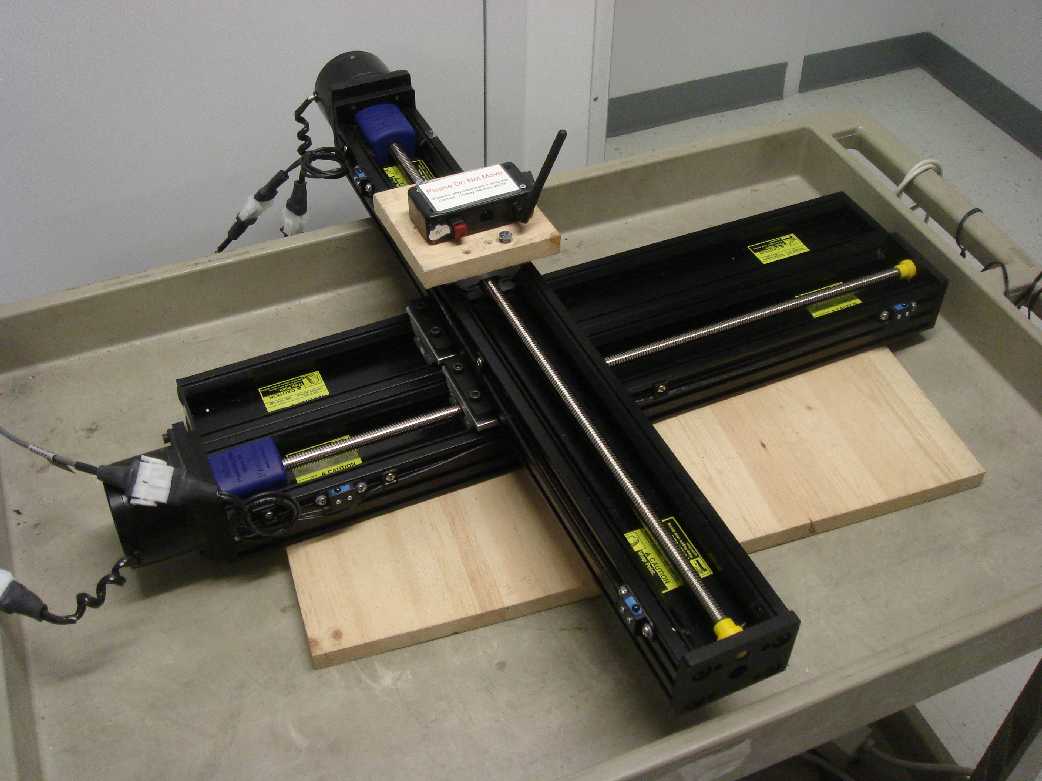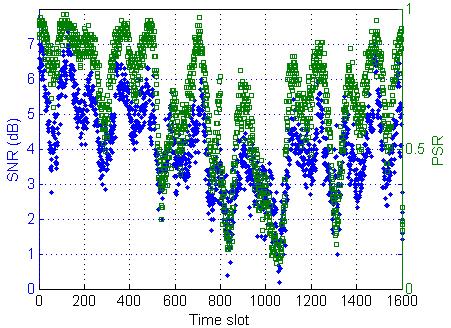The goal of real-time deployment is the
rapid establishment
of a wireless mesh network to support communications in hard-to-reach
areas. Intended applications are
primarily emergency response communications in areas where traditional
wireless
solutions are problematic: inside large
buildings, underground tunnels and mines, and urban canyons. Beyond
two-way communications, ancillary
services may include location tracking of emergency responders,
environmental
sensing, and physiological sensing of responders.
In a typical scenario, a first responder (FR)
equipped with a two-way radio and several small relay nodes enters a
building. As the FR goes further into the building, the radio
signal from incident command (IC) weakens. Before losing
radio connectivity with IC, a relay node is deployed,
providing two-hop connectivity between the FR and IC. This
process repeats whenever any FR is about to lose radio signal, creating
a multi-hop mesh
network in real time to maintain connectivity with IC. NIST
work on real-time deployment of mesh networks is focused in three areas:
- Link
Quality Measurement to support rapid assessment of wireless
mesh links
- Modeling
and Simulation of mesh networks and real-time deployment
protocols
- Prototyping,
Testing and Evaluating implementations of rapidly-deployable
mesh networks
Publications
and Related Work |

|






